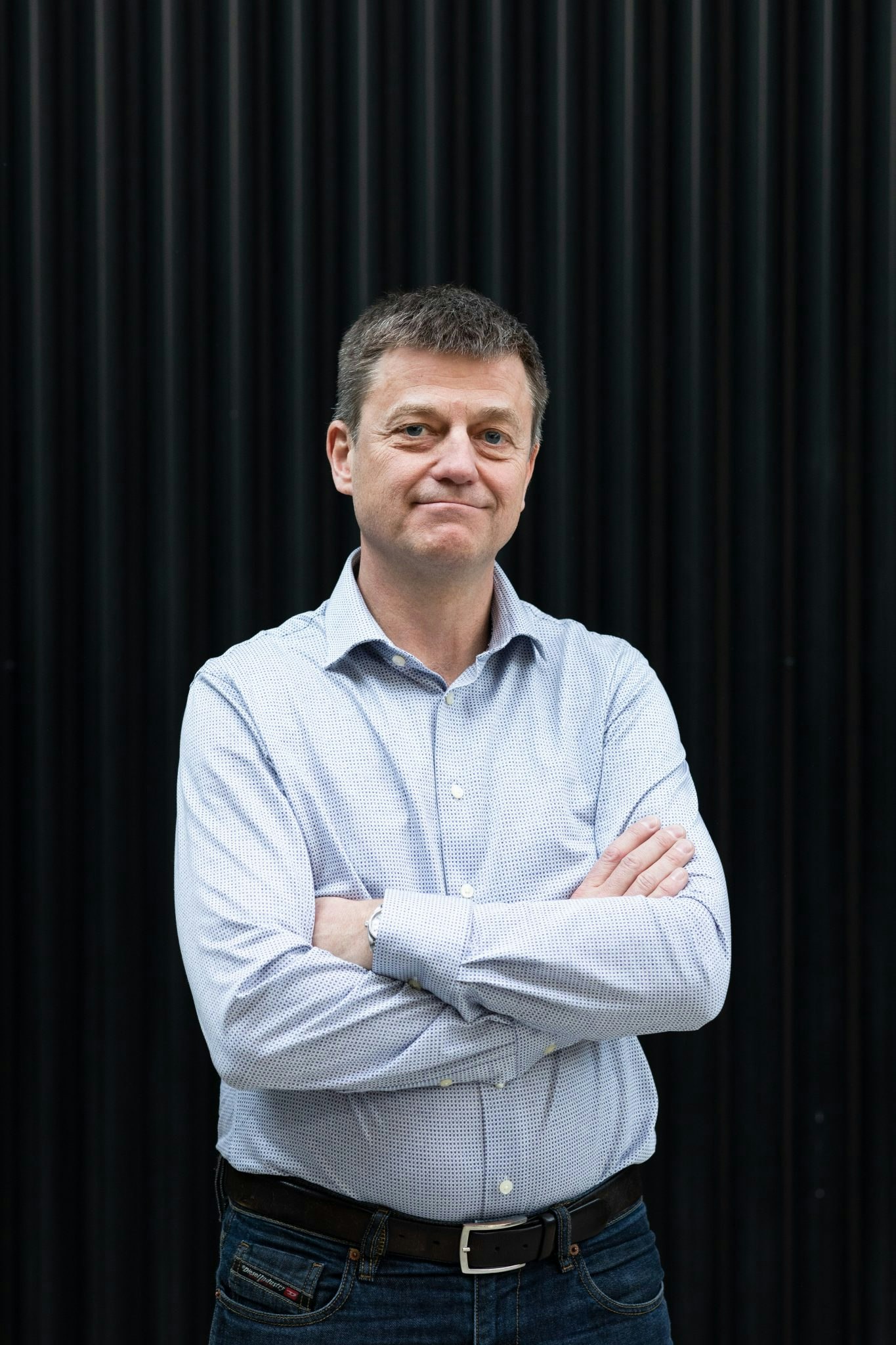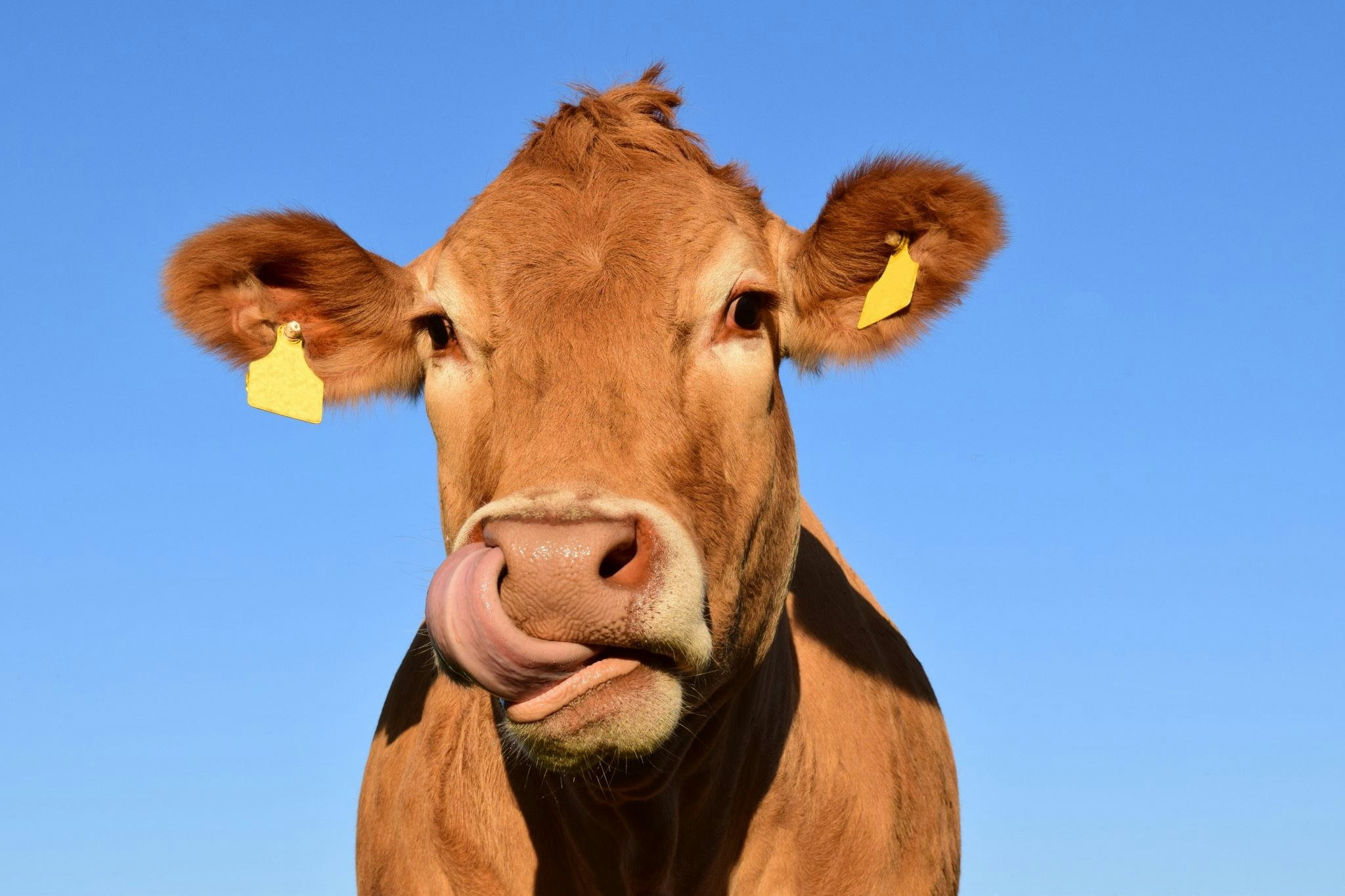Once on the road, electric vehicles offer a sustainable alternative to combustion engines — but their production involves mining lots of minerals, which isn't the greenest of processes. Sarah Montgomery is the cofounder of Infyos, a startup which helps battery manufacturers improve their supply chain resilience and sustainability, and chatted to Sustain about the challenges that EV suppliers face.
What challenges are battery manufacturers facing?
Batteries are an essential component of electric vehicles, and they’re also a hugely important part of the transition towards clean energy because they’re used to store renewable energy and balance the grid.
When you actually look at what's inside these batteries, you realise that there’s a huge amount of raw material coming from all across the world. Car makers and battery manufacturers are held to regulations on their supply chains, and they face consumer pressure to make sure they’re sourcing materials in sustainable ways. But the supply chains are global, very complex and relatively opaque, meaning it's very difficult for manufacturers to understand exactly what's happening.
Which materials make it so challenging?
Batteries are made of a series of minerals. Cobalt gets the most limelight — about 70% of it is sourced from the Democratic Republic of Congo and there have been allegations of tech companies buying cobalt mined using child labour. Tesla announced last year that it would step away from cobalt. But the reality is, if you’re getting rid of cobalt you’re replacing it with another material.
Lithium is a key component that’s not being replaced. Primarily, it comes from Australia or central and south America. In Chile and Argentina it's coming from exceptionally water-stressed regions and there are huge challenges around indigenous community rights in the areas near the biggest mines.
There are also issues around nickel and graphite, two other battery components. The price of nickel went up 45% after the invasion of Ukraine (Russia is the world’s third-largest producer), which shows how volatile minerals are to geopolitical situations too. So sustainability aside, resource security and supply chain security are huge issues: it’s why we’re seeing car makers getting closer to mining companies to secure those relationships.
So can we source the materials closer to home?
Rio Tinto, the second-largest mining company in the world, announced last year that it was going to build a lithium mine in Serbia. There were huge protests against the mine and the government has just revoked Rio Tinto’s licence.
There’s some lithium mining in Cornwall in the UK, but not nearly enough to supply the demand Europe will need, and there’s a project in Portugal at the moment as well (Northvolt and Galp are building a lithium conversion plant there). Something we need to remember is that mining projects take a minimum of 10 years from conception to fruition, so we need to think long term about our supply of these materials.
What does a more sustainable supply chain look like?
In terms of mining, there are considerations around things like the water and air quality around the mine, and the level of deforestation. There are social factors too, around human rights, fair wages and health and safety for workers.
100% sustainable mines don’t exist at the moment, so we need to turn the focus to finding miners that are willing to be transparent about where they are today, and then engage with the supply chain about how they want to improve based on that. There are rating systems that can help measure the sustainability of different mines around the world and at Infyos we’re working on a digital management tool to help battery players analyse and improve the sustainability of their production.
So how does Europe compare to the rest of the world?
China is dominating the battery space. But in recent years a lot of smaller battery players have been cropping up in Europe to try and compete with the larger companies in Asia. They're at an early stage and just at a point where they're beginning to scale up their supply chains.
Read: How Northvolt lures talent from Musk and Bezos to Sweden's frozen north
That means they have more of a blank canvas and can think about how they want to form supplier relationships in the best possible way and put in place more sustainable chains. That’s harder when you have a legacy supply chain that you've had for five or ten years — it's very different to go back and retrofit.


